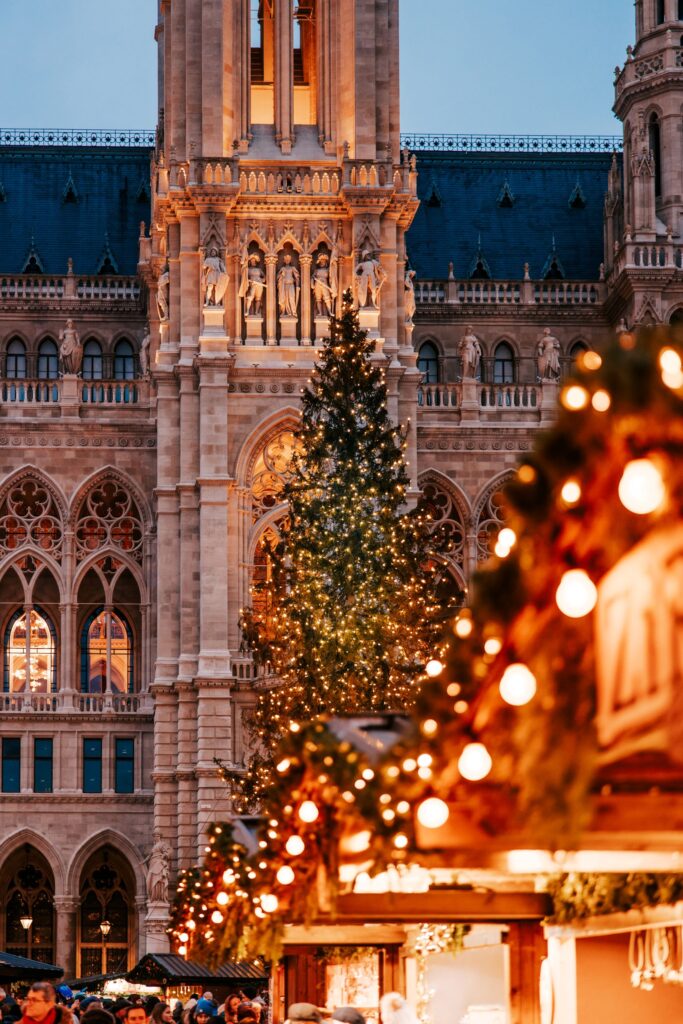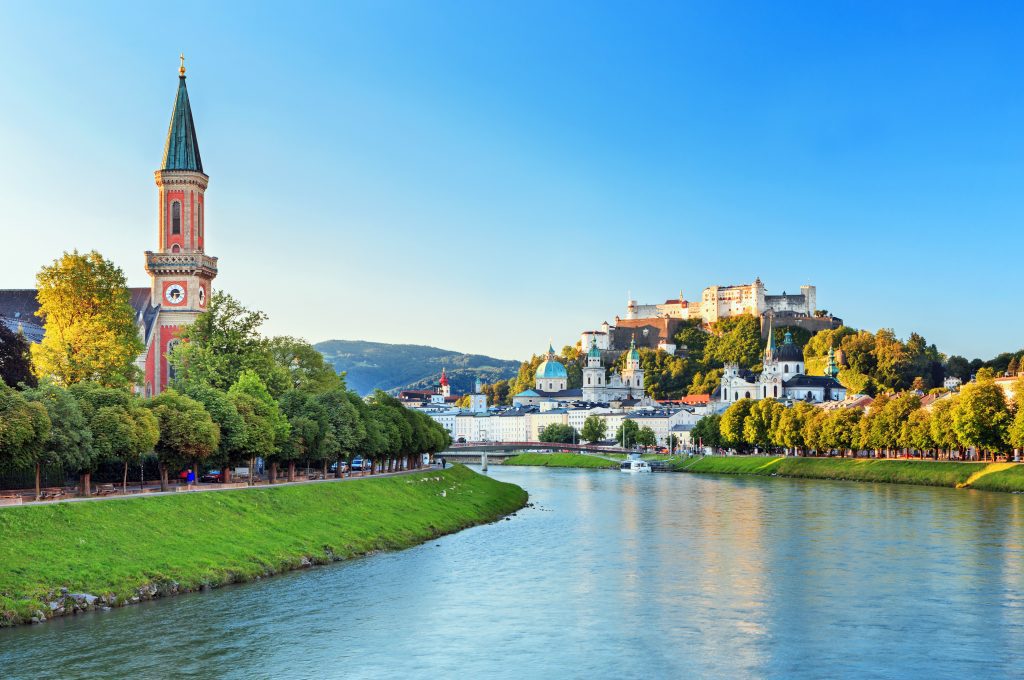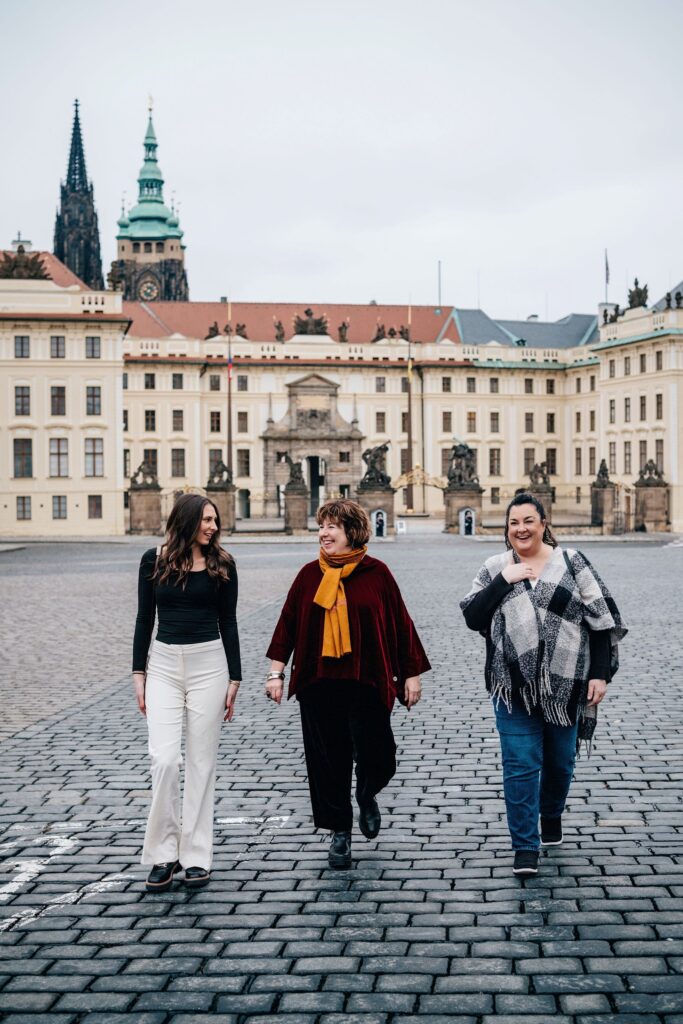There are many more Jewish sights of interest in Berlin than these listed below, but these are the major essential places for a first time visitor to the city that is interested in Jewish history.
Jewish Museum
“The Jewish Museum is conceived as an emblem in which the Invisible and the Visible are the structural features which have been gathered in this space of Berlin and laid bare in an architecture where the unnamed remains the name which keeps still.” – Daniel Libeskind
Daniel Libeskind’s famous Jewish Museum in Berlin is the largest of its kind in Europe, but that is not what makes it special.
The thought that has gone into the design starkly symbolises what happened to Germany’s Jewish culture throughout the rise of National Socialism, and of course, the Holocaust; absence, emptiness and invisibility.
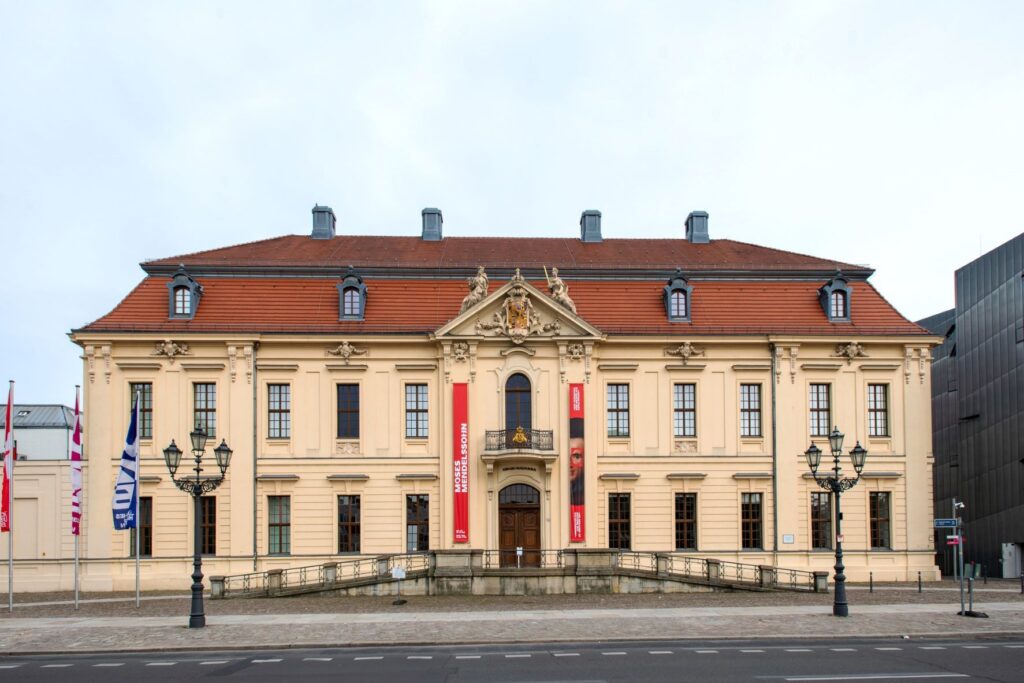
The museum complex is nothing less than vast. The entrance is through the baroque building that was formerly the Prussian Court of Justice. The dramatic zinc covered main building is a misshapen star of David. Access is through a concrete void that joins the two. Once you have descended into the underground, you have the option of three routes, all with a different story. The first road leads to a dead end – signifying the Holocaust. The second leads to the garden of Exile and Emigration – signifying the Jews that had to leave. The third leads to the main exhibition spaces of the museum – signifying history and continuity and detailing the two millennia of history of German Jews.
Everyone that visits will have their own experience. The museum should be visited by anyone that has an interest in the history of Berlin, Jewish or not. For an in-depth visit you should dedicate at least half a day. To view the underground axis and have an indication of some of the historical part of the museum you will need a minimum of two hours. There is a beautiful garden to the rear, a peaceful place to reflect. There are deck chairs in the garden in the summer, and an outside seating area for the very good café on the entrance level.
In 2012, the Michael Blumenthal Academy (named after the first director of the museum) opened and is directly across the road from the museum. Here you will find the Diaspora Garden – so named as the plants thrive in an unusual environment, with no direct contact to the earth and little light.
Memorial to the Murdered Jews of Europe (Holocaust Memorial)
Berlin’s Holocaust Memorial was unveiled in May 2005, the 60th anniversary of the end of World War II. How do you commemorate something like the Holocaust? The memorial is striking and the 2,711 concrete slabs arranged in a grid pattern on unevenly sloping ground exactly correspond to the number of pages in the Talmud. You are encouraged to walk between the slabs. It is incredibly unnerving and claustrophobic. The land that it has been built on was what is known as the ‘death strip’. The land between the divided East and West of the city, and is very close to the Brandenburg Gate, right in the very heart of the city. It is, ultimately an abstract work of art, and how it is viewed will be a different experience for all visitors. Sadly, today you see selfie takers and some young visitors that jump from one stone to the next. To put the memorial into context, it is recommended that you visit the documentation center below which documents the persecution and exterminations of Jews, and where you can see and hear some very personal and individual stories.
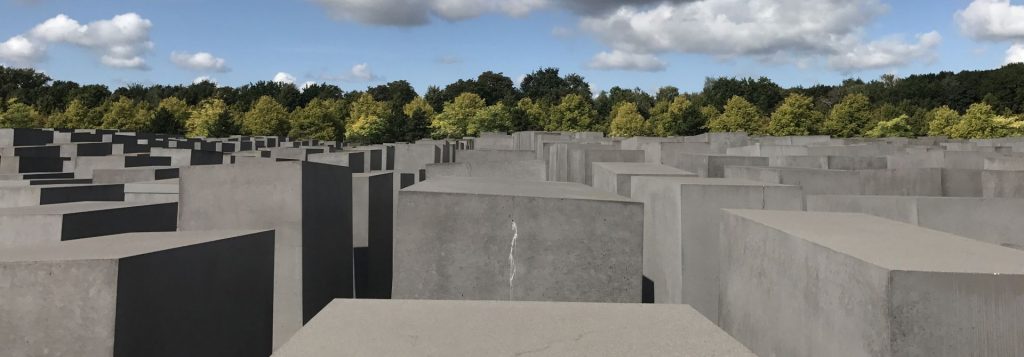
Topography of Terror
This indoor/outdoor museum on the site of the former headquarters of the Gestapo and SS is an essential visit. After the war, the original buildings were pretty much destroyed and razed to the ground. Later, the Berlin Wall border between East and West was exactly at this location and 200 meters of the Wall at Niederkirchnerstraße – which marked the border between the districts of Mitte (East Berlin) and Kreuzberg (West Berlin) – have been preserved. Along the wall is the outdoor portion of the museum that documents the rise of the Nazi Party and its rule in German politics. The indoor documentation center was opened in 2010 and houses the permanent exhibition: Topography of Terror: Gestapo, SS and Reich Security Main Office on Wilhelm- and Prinz-Albrecht-Straße and temporary exhibitions.
Neue Synagogue
The synagogue was first inaugurated in 1866 and features the oriental-influenced architecture that was popular at the time. It was the largest synagogue in Germany with 3,200 seats. Heavily damaged by Allied bombing in World War II, the synagogue was essentially demolished in 1958, except for the front façade and entrance. In 1995, it was reopened as a museum and as a center for preserving and fostering Jewish culture. It also depicts the history of the synagogue and of Jewish life in Berlin.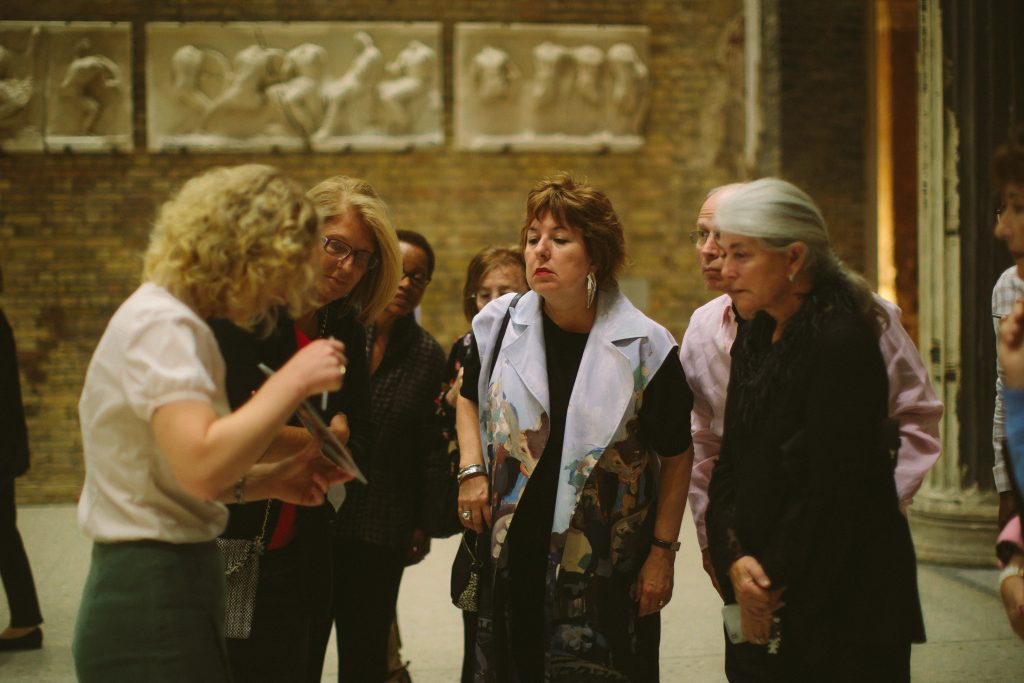
Otto Weidt’s Workshop for the Blind
Known as the “Schindler of Berlin,” this museum will introduce you to the efforts of Otto Weidt to protect his Jewish employees from persecution and deportation. Blind himself, he employed mainly blind and deaf Jews who produced brooms and brushes and used his profits to buy luxury goods to bribe Gestapo officers – saving many of his employees. The site is the original museum, located right next door to the Hackesche Höfe complex of courtyards. It is also one of the major sites of Berlin Street art, (it isn’t all graffiti!)
House of the Wannsee Conference
Located in the beautiful Lakeland suburb of Wannsee is the lakeside villa where the meeting was held on 20 January 1942 to discuss the ‘final solution’ of the Jewish question. The juxtaposition of the stunning location with the stark minutes of the meeting that discuss dispassionately the future of the Jewish race, is more shocking and upsetting than any of the much larger museums and memorials.
We hope our blog may have inspired you to travel to Berlin. Get in touch and talk to an expert to help you customize a tour for you and have all your questions answered.
For more details about any of our destinations, contact us: 800.633.1008 or 813.251.5355



